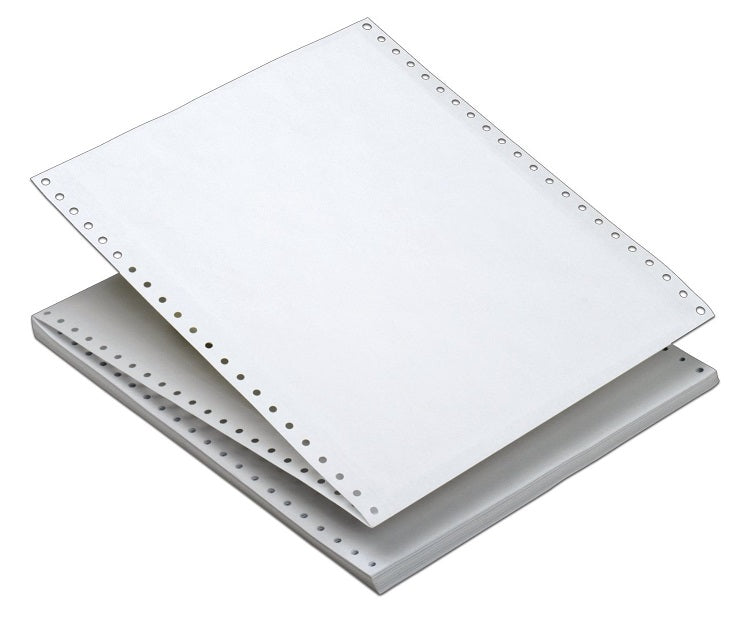
How to Print on Inkjet Label Sheets
If you operate a business or manage shipping, product packaging, or office organization, understanding the correct method for printing labels can save both time and money.
This guide provides you with practical steps to ensure that your labels are produced cleanly and professionally on every occasion.

Choose the Right Inkjet Label Sheets
Start with labels made for inkjet printers. Not all labels are the same. Inkjet sheets are coated to absorb ink without spreading. Using the wrong type gives blurry prints.
Common options include:
- Standard white inkjet labels for shipping or office use
- Glossy labels for branding and product packaging
- Clear labels for a modern look on bottles, jars, or packaging
Pick the size and shape that match your project. If you are shipping, 4x6 labels are the standard. For branding, smaller product labels may fit better.
Adjust Printer Settings
Printer settings affect print quality. Always check these before printing:
- Select the right paper type (labels or heavy paper)
- Adjust print quality to “high” for sharp text and images
- Use the correct sheet size to match your labels
Do a test print on plain paper. Place it behind a label sheet and hold them against the light to check alignment. This step helps avoid wasting labels.
Load Sheets Correctly
Label sheets need proper handling. Bend the sheet slightly to separate the edge before loading. Place them in the tray print-side up, depending on your printer model. Avoid overloading the tray because sheets may shift and cause misalignment.
Always store sheets in a cool, dry place. Heat or humidity affects the adhesive and may cause paper jams.
Use the Right Design Software
Your label design matters as much as your printer. Software like Microsoft Word, Canva, or specialized label design tools from suppliers works well. Many brands, including 4x6labels.com, provide templates for easy setup.
When designing, keep these tips in mind:
- Use bold fonts for addresses and barcodes
- Leave enough margin space so text does not get cut off
- Stick to high-contrast colors for easy scanning and readability
Prevent Smudges and Smears
Ink on label sheets takes longer to dry compared to plain paper. To prevent smudging:
- Print one sheet at a time
- Let sheets dry flat before stacking
- Avoid touching printed areas immediately after printing
If smears still occur, switch to a higher-quality inkjet label sheet designed for fast drying.
Maintain Your Inkjet Printer
Printer maintenance keeps your labels sharp and consistent. Run nozzle checks regularly. Clean print heads if colors fade or text looks broken. Replace cartridges before they run dry. Dust buildup also affects feeding, so wipe the paper path often.
Test Before Bulk Printing
Never print a large batch without testing. Run one sheet first, and check alignment, color, and print clarity. Make adjustments, then continue. This habit saves both labels and ink.
Why Inkjet Labels Work Well for Businesses
Inkjet labels give you flexibility. They support full-color printing, making them suitable for shipping, branding, and product packaging. With the right sheets and printer setup, your labels will look professional without extra equipment.
Final Tips
- Always match label sheets to your printer type
- Adjust settings before printing
- Test alignment to avoid waste
- Handle sheets properly to reduce jams and smears
